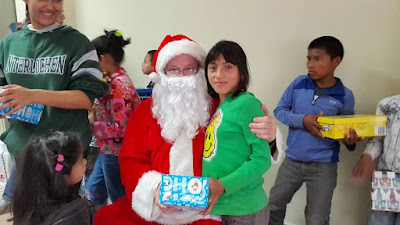Views of the Experts
Ever since the
works of John Dewey (1934) and Herbert Read (1943), educators have seen a
central purpose for art in education. Dewey believed every child should have
art, not just those ‘gifted in art,’ and Herbert Read developed an entire
school curriculum around art. While there are many arguments for including art
to increase children’s competency and self-esteem, other important reasons for
including art across the curriculum will be discussed in this article.
Iconic Representation According to Jerome Bruner, young children
learn most easily through enactive and iconic representation (1983). Enactive
representation is “muscle memory”; iconic representation is one-to-one memory
based on visual icons – a McDonalds ‘M’, a Nike Swoosh, an apple for the
teacher, etc. Maybe one of the reasons children take so easily to computers is
because icons are used to label all its functions. Because of children’s
affinity for identifying and learning icons, early childhood teachers should
provide them with lots of opportunities to use visual symbols, such as labels,
lists, pictures of objects from fieldtrips, photographs of favorite people, and
icons they create – houses, people, the sun, trees, etc. Children use these
icons to think and solve problems, and it is important we do not force written
symbols upon them too quickly.
Spatial Intelligence One of Gardner’s eight intelligences is
spatial intelligence, which involves learning, exploring, processing and
excelling through the use of the visual arts (1983). While a child who learns
this way will do well in artistic endeavors at school, she should also be
provided opportunities to use spatial intelligence in all other activities, but
especially academic endeavors – reading, writing, math, and science.
Practice Piaget believed that learning new concepts,
ideas, and skills requires two fundamentally different processes: first,
children need to change their mental structures to accommodate the new concept
or skill; and second, they must practice this new concept or skill (Piaget,
1962). Art is a wonderful way to practice. A child who has just seen an
elephant for the first time on a fieldtrip to the zoo, for example, returns to
the classroom to explore the new idea through painting elephants.
Documentation Both Reggio Emilia and The Project Approach
stress documentation. The Reggio curriculum, which has become known as the One
Hundred Languages of Childrenexplores the variety of ways children use to
document their own learning. Some Reggio programs even have a full-time artist,
whose job is to help teachers and children with this process, and an art studio
(Malaguzzi, 1993). Artistic documentation provides a visual representation of
the child’s development and learning while communicating what children are
learning to parents and the school community (Wardle, 2003). In The Project
Approach, drawings, models, photos, and writings challenge children to
integrate a variety of concepts and document what they have learned, as well as
providing a communication link to parents and the school community (Helm and
Katz, 2001).
Meaningful Learning We know that it is easier for children to
learn concepts and ideas that relate to something the child already knows, or
has directly experienced (Mayer, 1996). This is because it’s much easier to
remember new concepts by attaching them to an existing memory. One way to make
new learning meaningful is to offer children ways to explore how the new idea
fits into what they already know. Art is a great way to do this. For example,
after a teacher has just read a book about a farm to a group of five-year-olds,
the child whose grandfather lives on a farm can draw or paint her grandfather’s
farm, while an inner-city child might make sense of the book through art
activities about his visit to a petting zoo and an 1850’s outdoor museum.
Multicultural Perspective Our programs are becoming more and more
diverse with children who speak a variety of languages, have different
religious beliefs, and engage in a variety of cultural and traditional
practices (Wardle & Cruz-Janzen, 2004). Because all cultures and most
religions use art in their traditions and practices, art enables our children
to integrate their cultural backgrounds into the school’s curriculum.

















